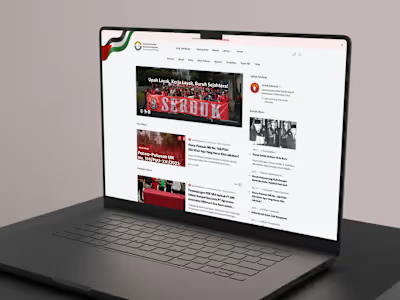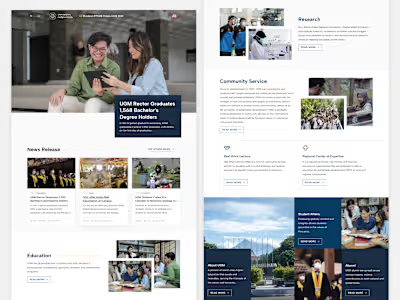IronForms • Advanced Maintenance Forms for BUMA Australia
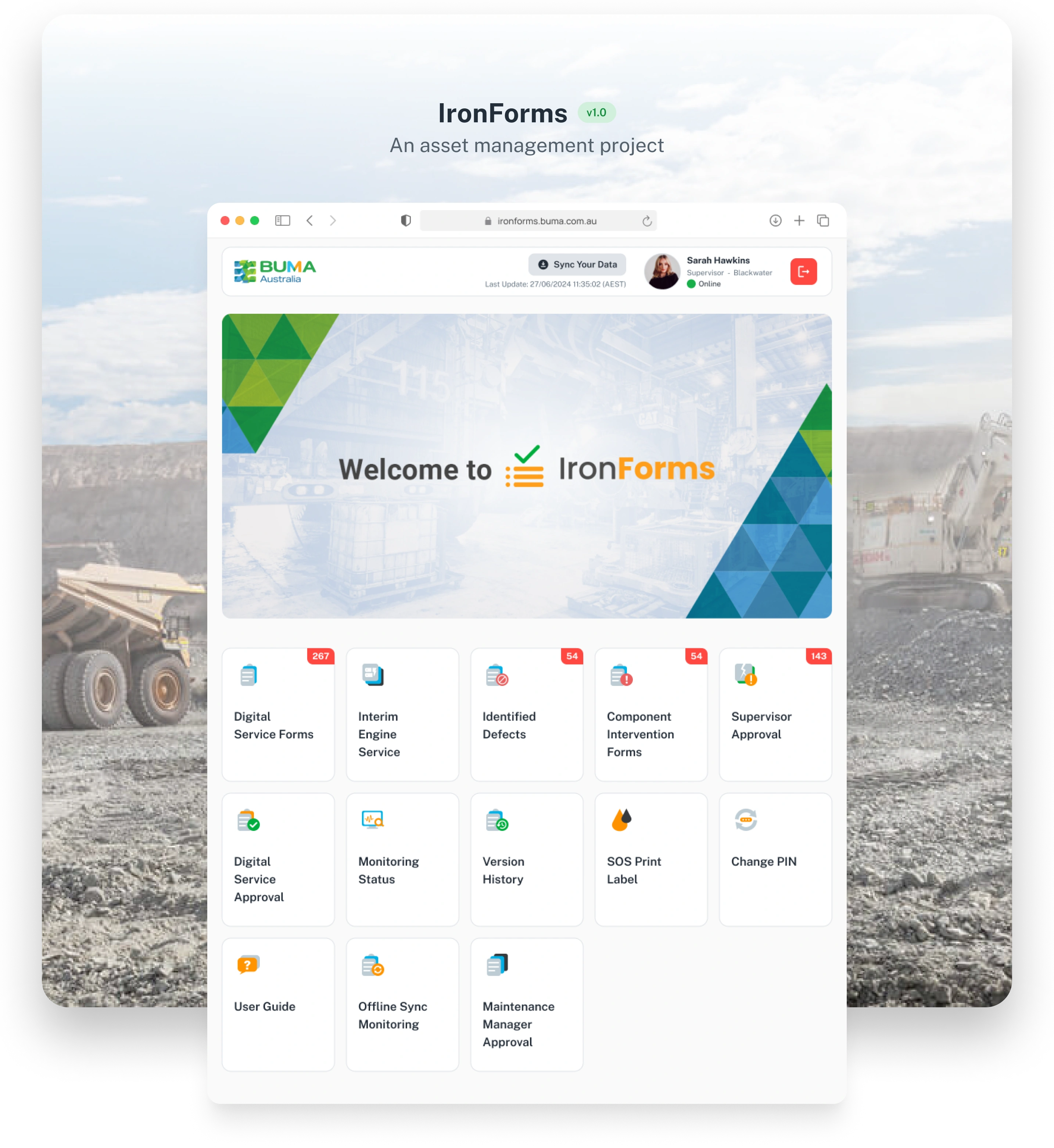
Table of Contents
A. Project Overview
As one of the largest mining companies in the land down under, BUMA Australia operates several mining sites where heavy equipment is used daily.
As one of the largest mining companies in the land down under, BUMA Australia operates several mining sites where heavy equipment is used daily. To uphold OHS (Occupational Health and Safety), BUMA Australia conducts regular maintenance on heavy equipment when certain indicators are reached. These indicators serve as benchmarks for when heavy equipment such as diggers, excavators, dump trucks, etc. need to undergo inspection and periodic maintenance.
Until now, inspections have been conducted systematically but manually using printed forms. These forms are carried by mechanics (fitters) who directly inspect the condition of heavy equipment components sequentially to identify issues that need immediate attention. Once defects are identified, the damage is reported to the supervisor (head office) for acknowledgment, after which the equipment is serviced to resume optimal operation. There are also planners stationed at the site office to ensure that each fitter works as intended.
Digitalization has been implemented to replace the often inaccurate printed forms. IronForms—the solution to the above problems, not only converts printed forms to digital but also automatically calculates costs and determines what needs to be done and by whom. As a result, with processed data banks, heavy equipment productivity can be maximized while maintenance costs are reduced while maintaining premium service quality.
✦
B. Problem and Challenges
How can we effectively digitize the existing forms used in BUMA Australia's work environment?
Currently, each piece of heavy equipment has different specifications depending on its manufacturer and model. Furthermore, BUMA Australia uses equipment operational hours (service hours) as a benchmark to determine when periodic maintenance should be performed—with each service hour interval requiring different form inputs.
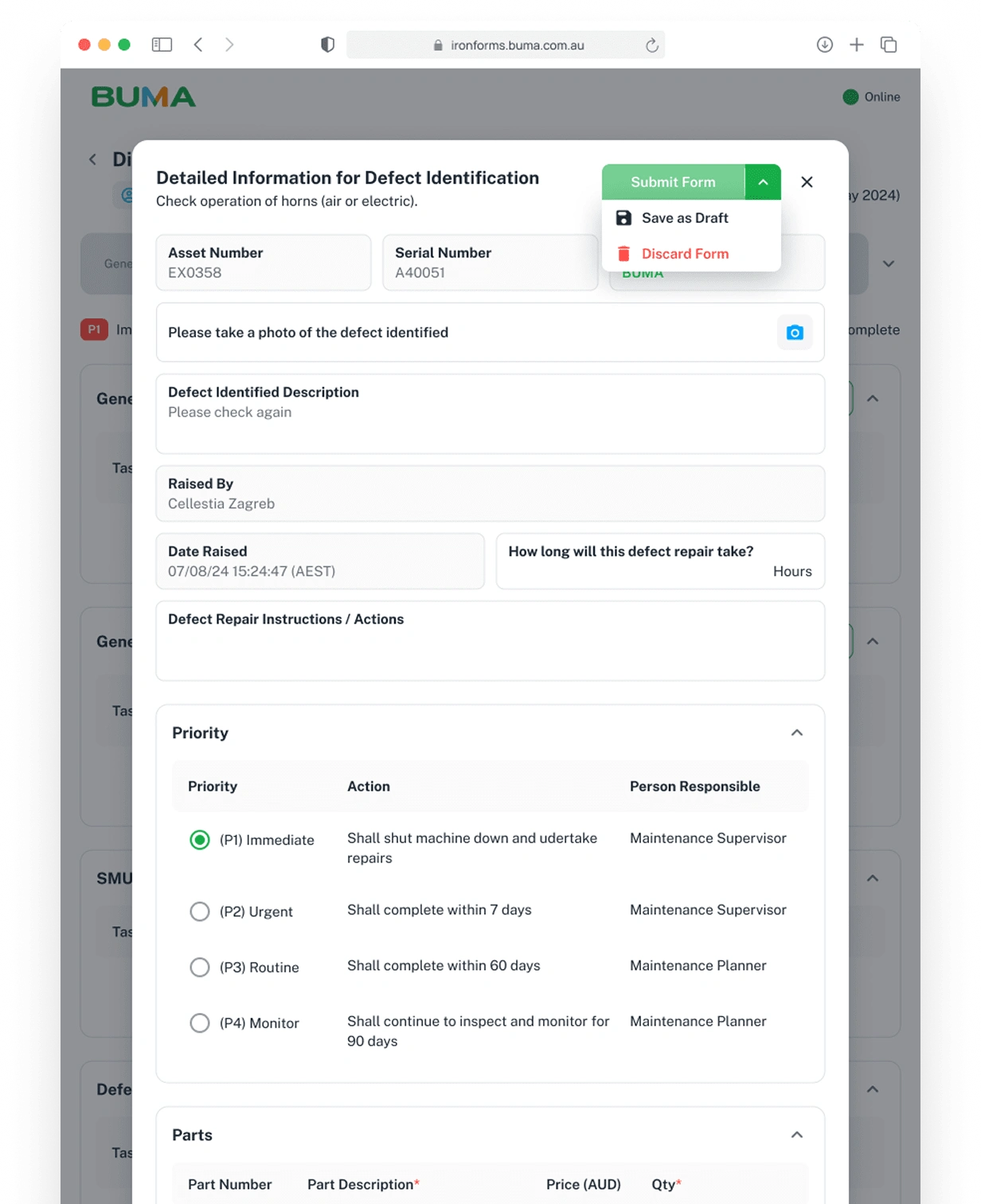
This is Form F55 - Detailed Information. It is a mandatory attachment when a defect is discovered in a task
✦
C. Design Process
1. Empathy
The application's users are field workers aged between 28-45 years. This wide age range reflects the diverse workforce characteristics across multiple mining sites. In terms of education, most users are high school graduates who work with the Dell Latitude 7230 Rugged Extreme device, specifically designed for mining environments. This convertible laptop functions as a tablet but has considerable weight, and its Windows UI is unfortunately not optimized for single-handed operation.
Mine site workers operate in day and night shifts. Therefore, the UI design prioritizes minimizing user fatigue during operation, as it directly impacts occupational health and safety (OHS).
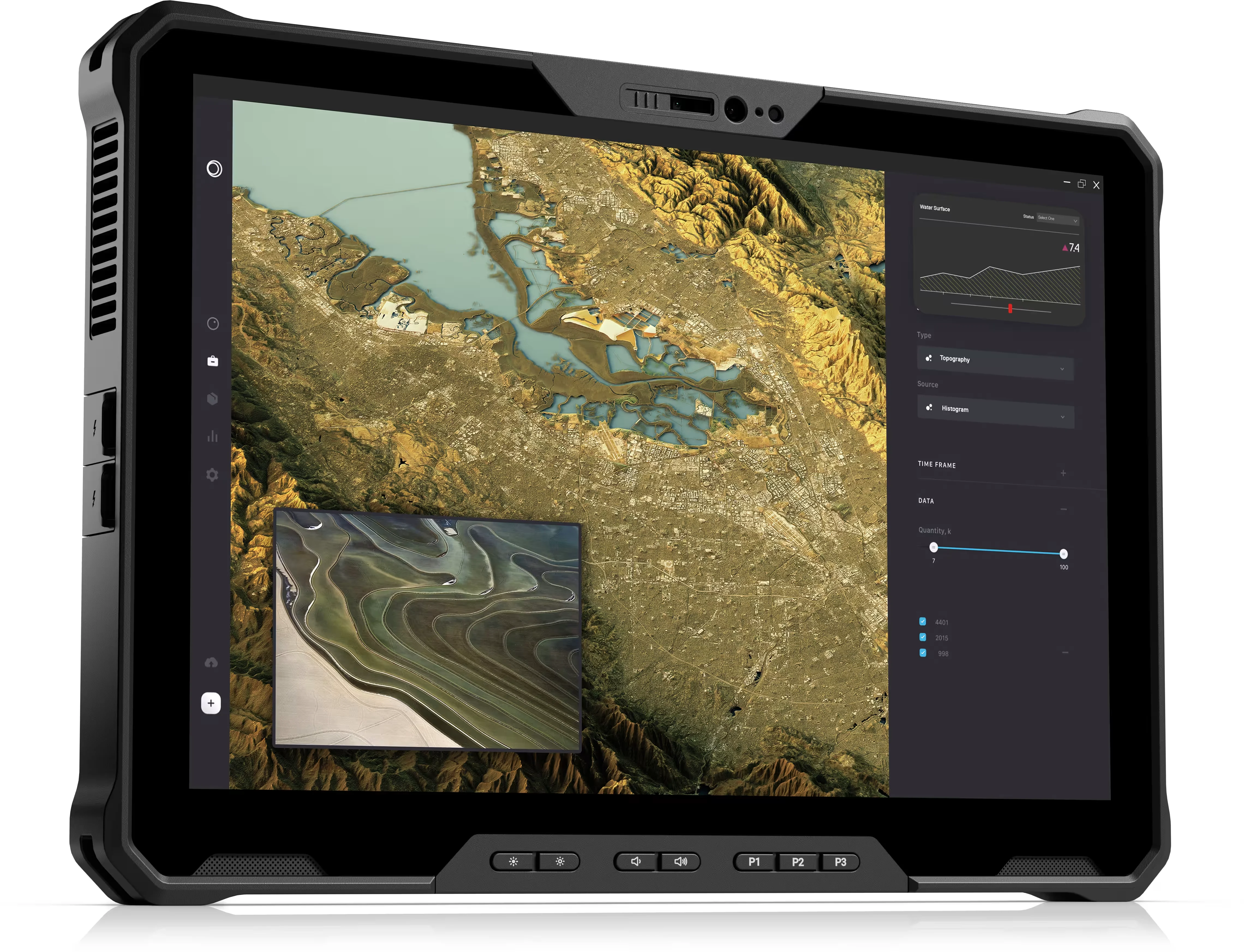
The device that users will interact with daily to use the IronForms app

2. Problems and Challenges
There are several challenges in developing IronForms, including:
a. Diverse Equipment
There is a wide variety of heavy equipment. Specifically in the mining world, from dump trucks to excavators, from Komatsu to Caterpillar, from conventional to electric units. This diversity of heavy equipment extends down to the smallest details: components in each equipment part. This has become the biggest challenge in developing IronForms.
b. Devices Not Optimized for Tablet Use
BUMA Australia has several mining sites with different device standards. Although all are tablets, some sites use Windows-based devices, iPads, and Android devices. Consequently, this device diversity also poses a challenge in developing IronForms. Differences in resolution and scaling affect the size of UI elements.
c. Complex Forms
Each form is differentiated based on operation hours: for example 500 hour, 1000 hour, 1500 hour, 2000 hour, and 4000 hour. Each operation hour has different criteria for analyzing heavy equipment component conditions, so the sequence of equipment inspection tasks is not always the same. The heavy equipment maintenance process is divided into several stages: Pre-service Operational Checks, Lube Service, Mechanical Service, Chassis Crack Service, Electrical Service, and Fire Prevention Service. When defects are found in each process, they are all collected in summary form at the Identified Defects stage before finally being submitted to the supervisor/planner.
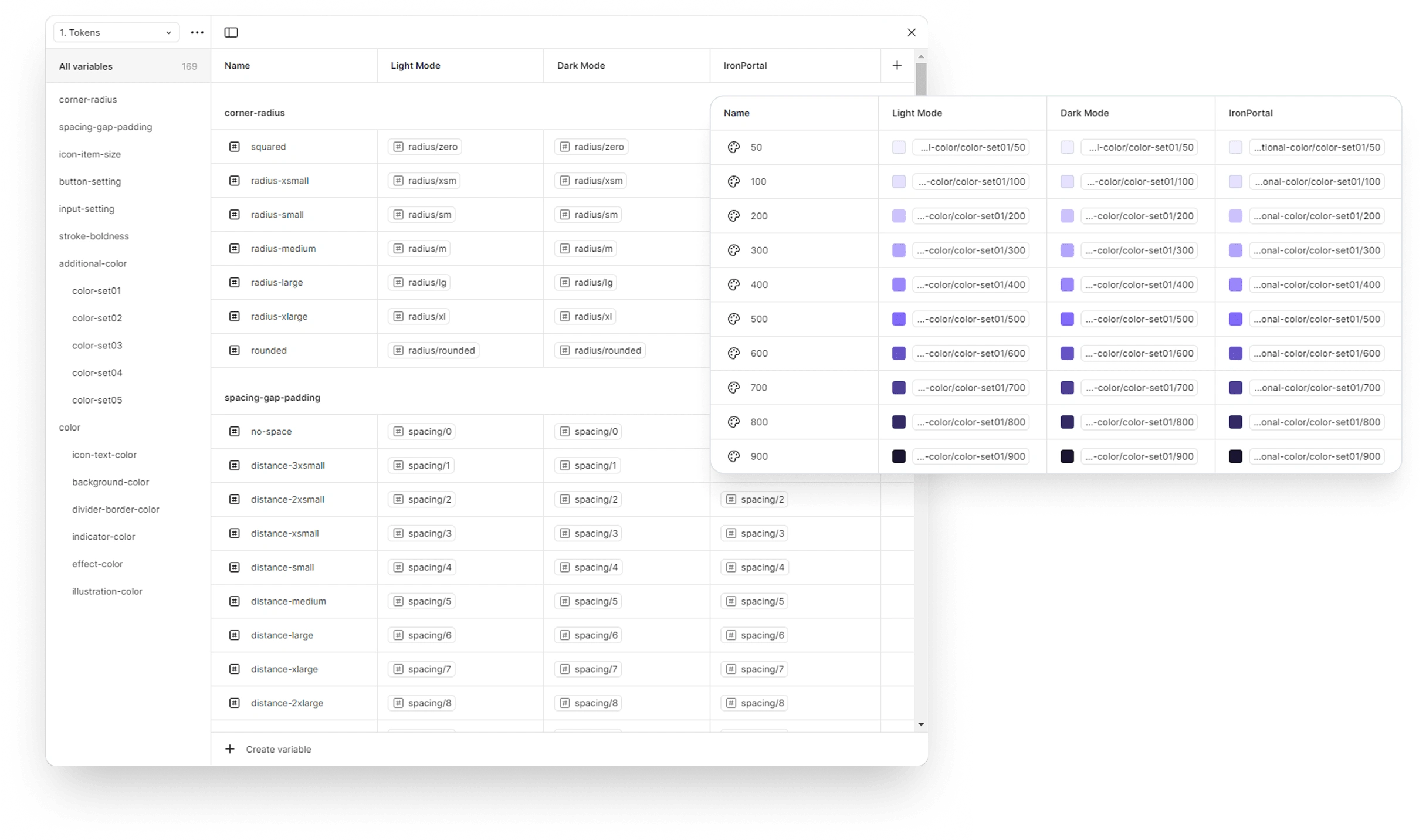
3. Prototype
In presenting IronForms' pre-development features, design delivery was conducted based on use cases specific to BUMA Australia's client needs. Australian users are characteristically detail-oriented, paying close attention to the smallest design elements, including displayed data. Since the prototype was use-case based, the starting point in Figma was structured like a table of contents in an academic paper. This organizational approach was implemented to facilitate user testing, allowing testers to easily navigate between different stages or processes within the use case being evaluated.
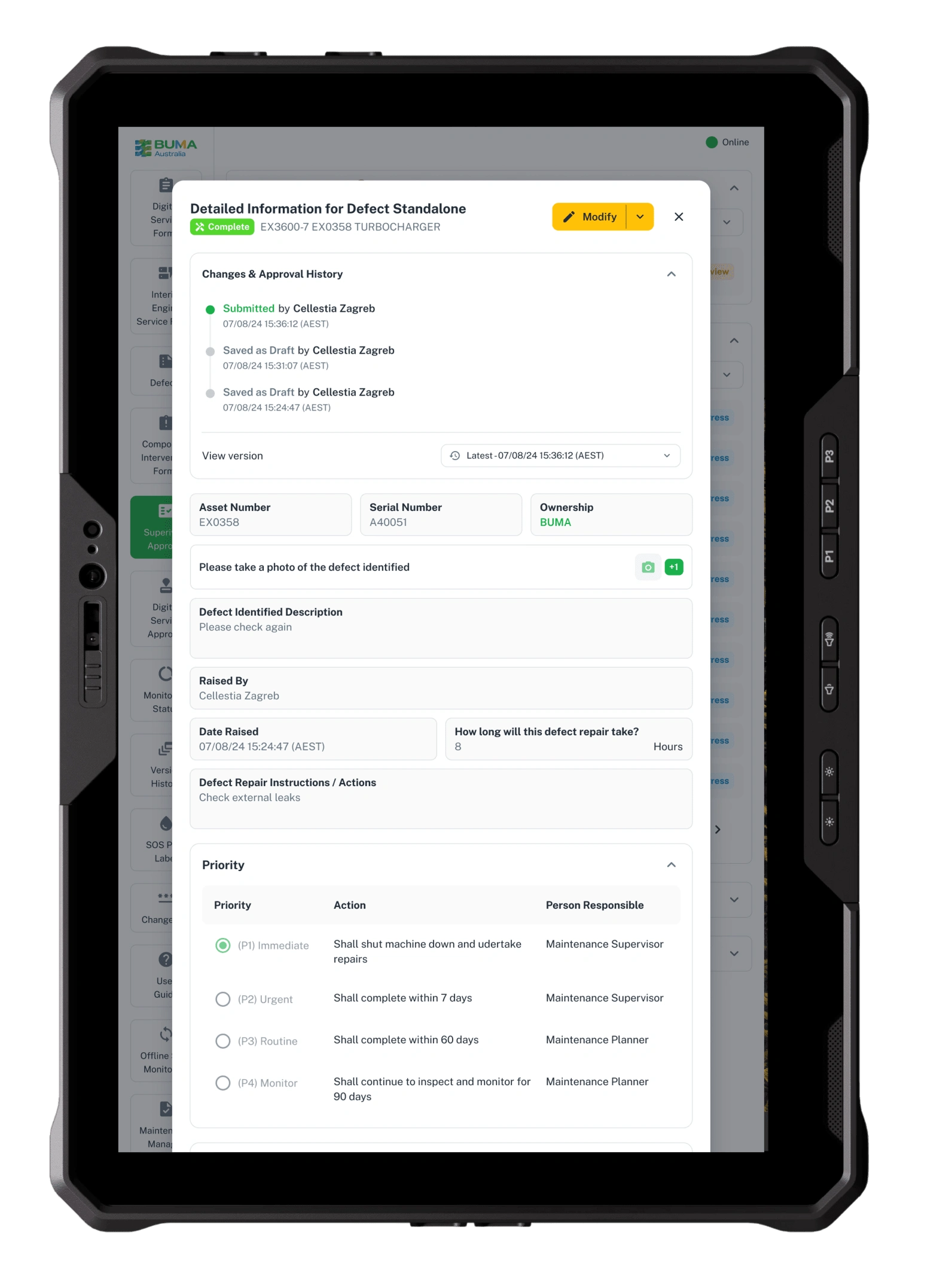
4. Implementation
Using the waterfall methodology, feature implementation was carried out in phases. In the IronForms project, the primary feature developed was Digital Service Forms, which continued to expand throughout the project's lifecycle. The forms were hard-coded, which proved time-consuming given that each form contained hundreds of tasks.*
Following Digital Service Forms, development progressed to the Defect Identified feature—a page that consolidates defect summaries from various heavy equipment inspections.
*In my other project, Asset Maintenance 3.0, this issue was resolved through
the implementation of a form builder
✦
C. Outcome
IronForms has successfully extended heavy equipment lifespan by 56% through early detection of basic component deterioration. The collected data is stored in IronLake and processed through IronPortal (another project). Currently, the accumulated data serves as input for machine learning systems developed internally by BTech. This enables IronForms to predict potential equipment failures and determine maintenance schedules beyond standard operational parameters (hour-based), ultimately improving heavy equipment productivity while extending the service life of all equipment.

This enables IronForms to predict potential equipment failures and determine maintenance schedules beyond standard operational parameters (hour-based), ultimately improving heavy equipment productivity while extending the service life of all equipment.
✦
E. Design Results
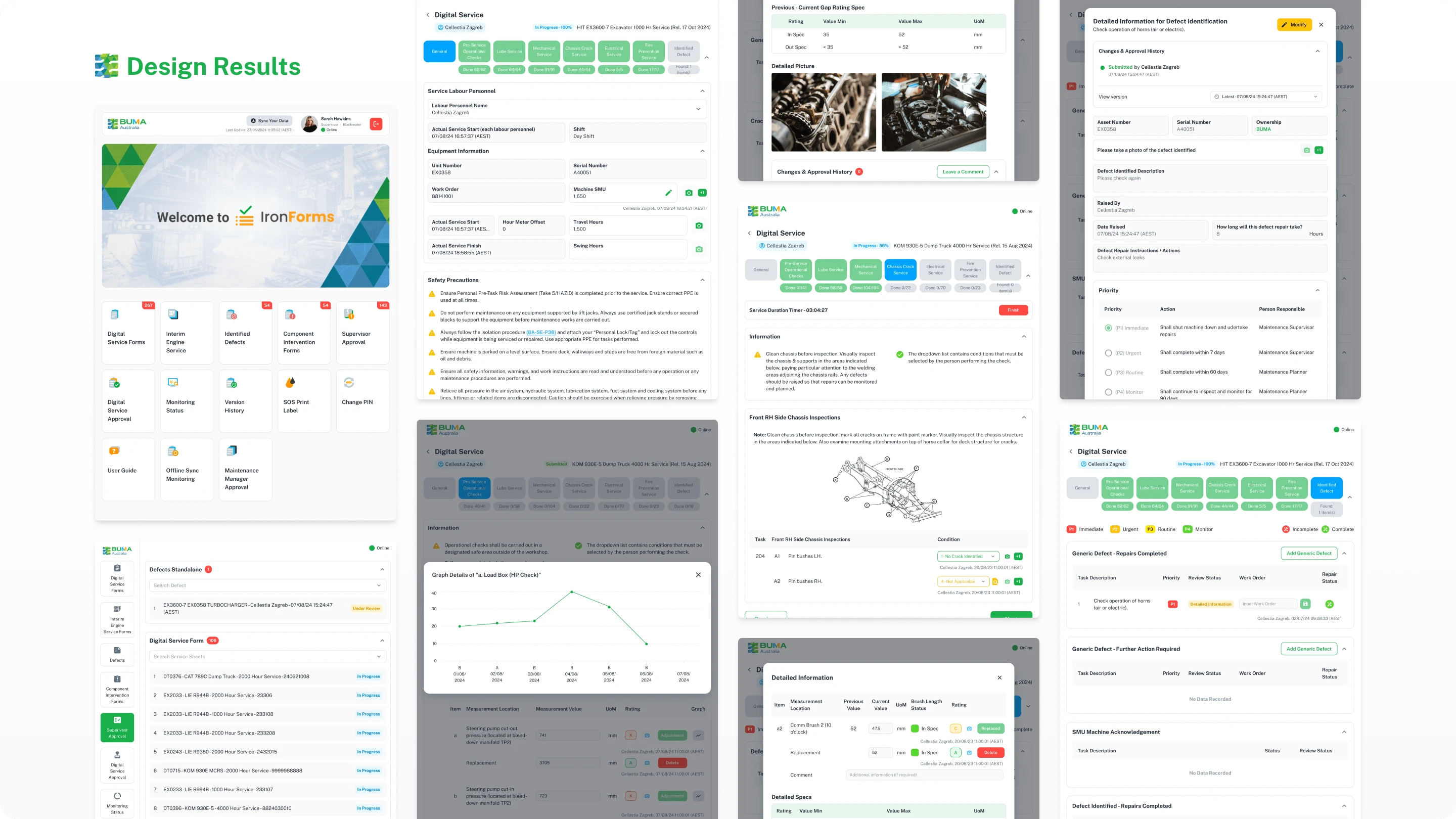
Like this project
Posted Apr 21, 2025
In 2023, this software resulting in AUD 500,000 maintenance cost savings.
Likes
1
Views
24
Timeline
Aug 13, 2023 - Dec 31, 2024
Clients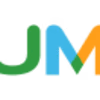

BUMA Australia





